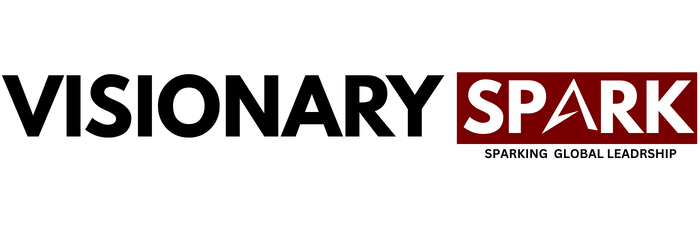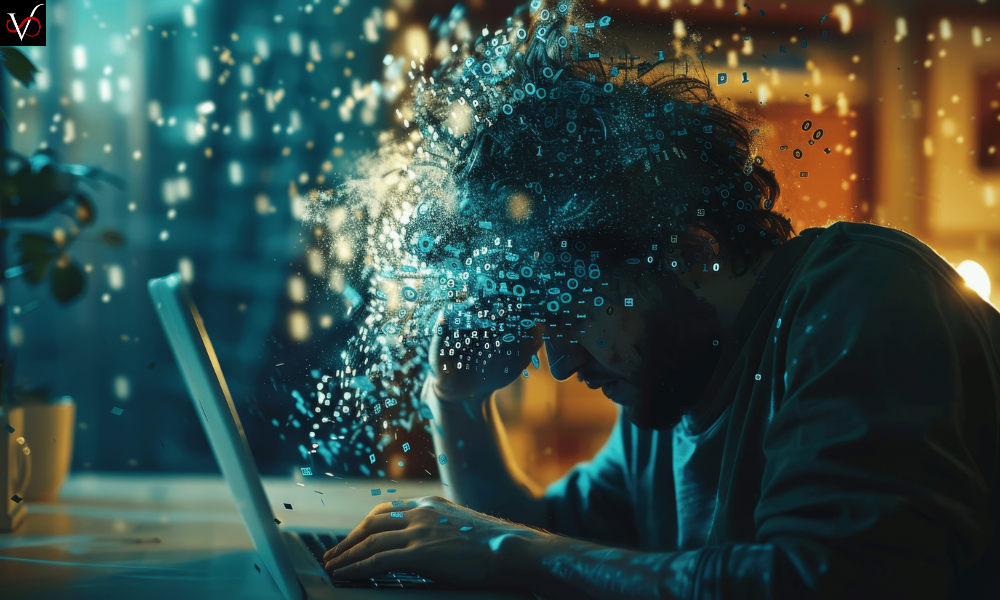In a world lit by screens and powered by pings, the human nervous system is under pressure like never before. Notifications are constant. Deadlines are immediate. Meetings are stacked. Emails never stop. We now scroll more than we sleep, swipe more than we walk, and absorb more information in a day than our ancestors did in years.
Welcome to the age of digital burnout—a condition that’s not just about exhaustion, but about emotional fragmentation, mental fog, and nervous system fatigue. It’s not caused by doing too much, but by doing too much in too many tabs at once, without any real pause.
Digital burnout isn’t just stress. It’s the body and brain saying: “I can’t keep up with this pace, this noise, this pressure to always be plugged in.” It’s feeling tired even after rest, anxious even in silence, and scattered even when still.
The symptoms can be subtle at first. You struggle to focus. Your sleep feels light. You start forgetting names, tasks, or where you placed your phone—again. You’re irritable, less creative, and less present with the people you love. Over time, this bleeds into your emotional and physical health: increased cortisol, poor digestion, lower immunity, and even hormonal disruption.
The root cause? Constant connectivity without conscious boundaries.
Your brain wasn’t designed to jump between Slack, WhatsApp, Zoom, Instagram, and 47 browser tabs all before breakfast. Each switch drains a bit of your mental energy—a phenomenon called attention residue. You may think you’re multitasking, but in reality, your brain is just rapidly task-switching, and each switch comes with a cognitive tax.
Let’s talk physiology for a moment. Every notification or alert triggers a small dopamine spike. This is the same reward chemical involved in addiction. Over time, our brains start seeking these micro-hits of novelty. The more we scroll, the more we crave. The result? Diminished attention span, fractured focus, and reduced tolerance for boredom.
Ironically, boredom is where creativity lives. It’s where deep thinking, emotional regulation, and strategic insight happen. But in a world where every second of stillness is filled by scrolling, our mental clarity and self-awareness begin to erode.
So how do we reverse this?
Start with digital hygiene—just like you clean your teeth, clean your screen habits. Create friction between you and your most addictive apps. Move social media icons off your home screen. Use grayscale mode. Turn off non-essential notifications. Delete apps from your phone during focused periods.
Next, set micro-boundaries. That could mean no screens in the bedroom, no work emails after 8 p.m., or using “Do Not Disturb” modes during meals. These may feel small, but they reclaim your time, attention, and peace.
Then there’s the power of dopamine fasting—a modern term for unplugging, even temporarily. It doesn’t mean quitting technology. It means stepping away from stimulation to let your nervous system reset. Even half a day without screens can dramatically lower cortisol, sharpen focus, and restore calm. Nature, slow movement, reading, cooking—these analog activities rebalance the digital overload.
Consider practicing single-tasking—the lost art of doing one thing at a time. Whether it’s writing, eating, or listening, bring your full attention to one task. The reward? Flow state, better memory, and increased emotional satisfaction. In fact, a study by Stanford University found that multitaskers were less efficient and had worse memory than those who focused on one task at a time.
Your physical health is also affected. Constant sitting, shallow breathing, blue light exposure, and eye strain all contribute to digital fatigue. Combat this with movement snacks (mini exercises every hour), 20-20-20 rule for eyes (every 20 minutes, look at something 20 feet away for 20 seconds), and blue light blockers if necessary.
Sleep hygiene becomes even more critical. Screens before bed suppress melatonin, delay REM sleep, and lead to poor rest. Ideally, shut down screens an hour before bedtime. Replace that time with journaling, soft lighting, herbal tea, or breathwork. These signals tell your brain, “It’s safe to relax now.”
Relationships suffer in digital burnout too. We become distracted, impatient, emotionally unavailable. So reclaim real human connection. Eye contact. Long conversations. Phone-free dinners. Even short moments of presence with a friend, pet, or stranger can bring your nervous system back into balance.
What about work? Many of us can’t avoid screens—we work online, create online, connect online. That’s okay. But you can work with intention. Use the Pomodoro technique (25 minutes focused work, 5 minutes break). Batch your email time. Use tools like Freedom or Cold Turkey to block distractions when deep work is needed.
Be especially aware of your morning inputs. What you consume within the first hour sets the tone for your nervous system. If you wake up and scroll through negative news, urgent messages, and comparison-driven feeds, you’re already starting the day dysregulated. Instead, anchor your mornings with breath, silence, hydration, or light stretching. Let your body wake before your inbox does.
There’s a reason digital detox retreats and screen-free sabbaths are gaining popularity. The human body needs rhythm. Stress is okay. Stimulation is okay. But recovery is essential. Without it, burnout is inevitable.
At a deeper level, digital burnout is a spiritual problem. We lose not just our focus, but our sense of time, purpose, and depth. Life becomes a feed instead of a feeling. And the antidote isn’t total withdrawal—it’s mindful reentry. Choosing when and how you engage with technology instead of being enslaved by it.
We’re not anti-tech. Technology is powerful, beautiful, and life-enhancing when used with intention. But when it becomes compulsive, it disconnects us from ourselves.
So, check in:
Are you consuming or are you creating?
Are you connecting or just reacting?
Is your screen time aligned with your values, or is it a substitute for discomfort?
The body whispers before it screams. Listen early. Rest often. You don’t need a total life overhaul. Just create space. One screen-free hour. One mindful walk. One real conversation.
That’s where healing begins—in the pause.







Leave a Reply